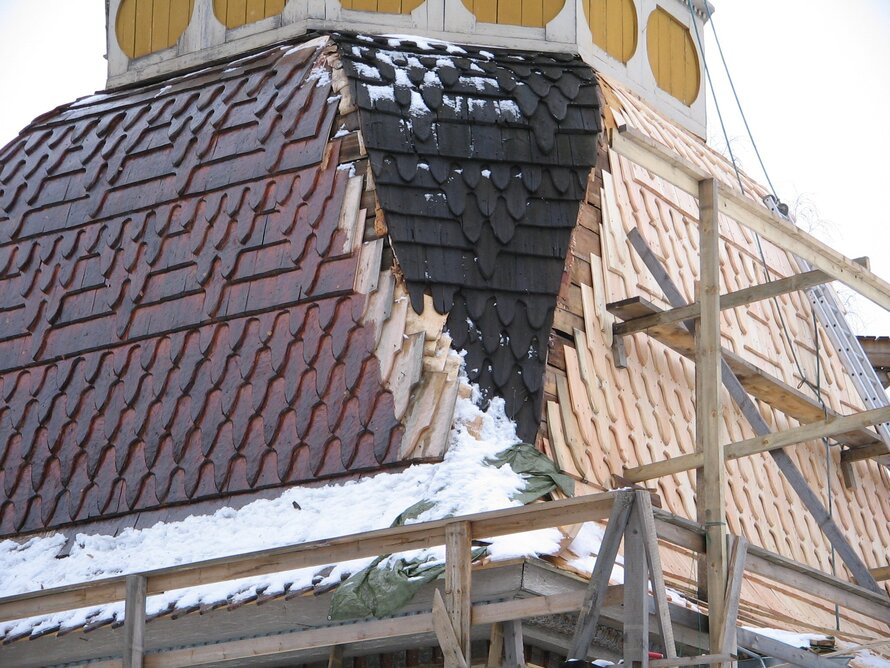The Kesälahti Church Bell Tower
The Kesälahti Church Bell Tower, located in eastern Finland, was constructed in 1836 and survived bombings in 1941, during which the adjoining church was burnt down. The lower shingle roof of the bell tower was one of the oldest remaining roofs of its kind in its original state ...
Read more
Project details
| Title: | The Kesälahti Church Bell Tower |
|---|---|
| Entr. year: | 2009 |
| Result: | Grand Prix |
| Country: | Finland |
| Town: | Kesälahti |
| Category type: | single building |
| Notes: | Type also: rural setting |
| Building type/ Project type: | Religious building/memorial |
| Former use: | Church bell tower |
| Actual use: | Church bell tower |
| Built: | 1836 |
| Architect / Proj.leader: | North Karelia Regional Environment Centre |
| The Jury's citation: | "The Jury highly appreciates the strict methodology and skilful craftsmanship undertaken to ensure that the Kesälahti Church Bell Tower can stand as a unique piece of European Wooden Heritage for future generations." |
| GPS: | 61°53'13,8"N; 29°49'50,3"E |
| Web, Links: | www.frh-europe.org/the-finnish-shingle-roof-the-tradition-lives-on-in-kesalahti/ |
Description:
The Kesälahti Church Bell Tower, located in eastern Finland, was constructed in 1836 and survived bombings in 1941, during which the adjoining church was burnt down. The lower shingle roof of the bell tower was one of the oldest remaining roofs of its kind in its original state in Finland. The lower roof consists of 22 rows of 2800 handmade pine shingles. The texture and patterns are formed by regular variations of straight and pointed shingle edges. Even though the width of shingles varies, the pattern is regular because of the shingles' individual design. The bell tower and its roof and pine shingles were firstly dated with dendrochronological research, and the old materials, patterns and textures were inventoried and documented. The project employed traditional methods of making and installing the shingles, combined with tarring the roof and painting the bell-tower. For the restoration project, special workers were trained and educated. All the work phases have been documented and recorded. The project also included an international seminar and touring exhibition.
Similar projects
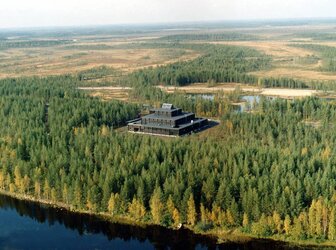
4000 BC

18th century

17th century
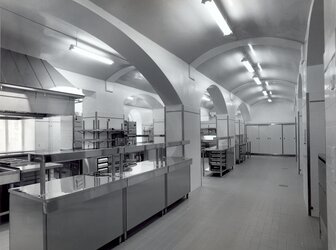
19th century
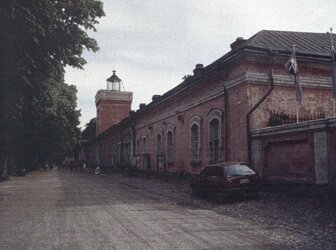
18th century
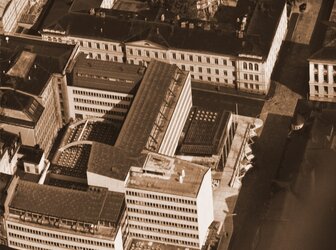
1957
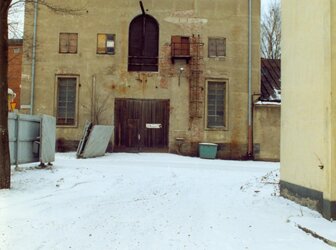
20th century

20th century

18th century
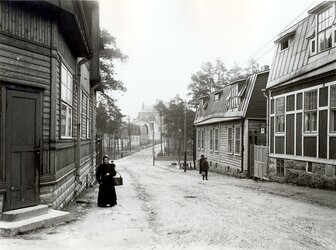
20th century
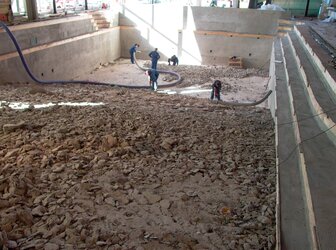
1965
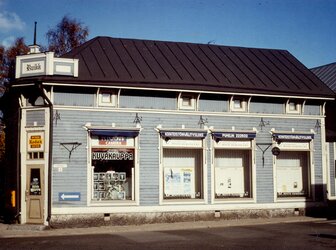
18th century
